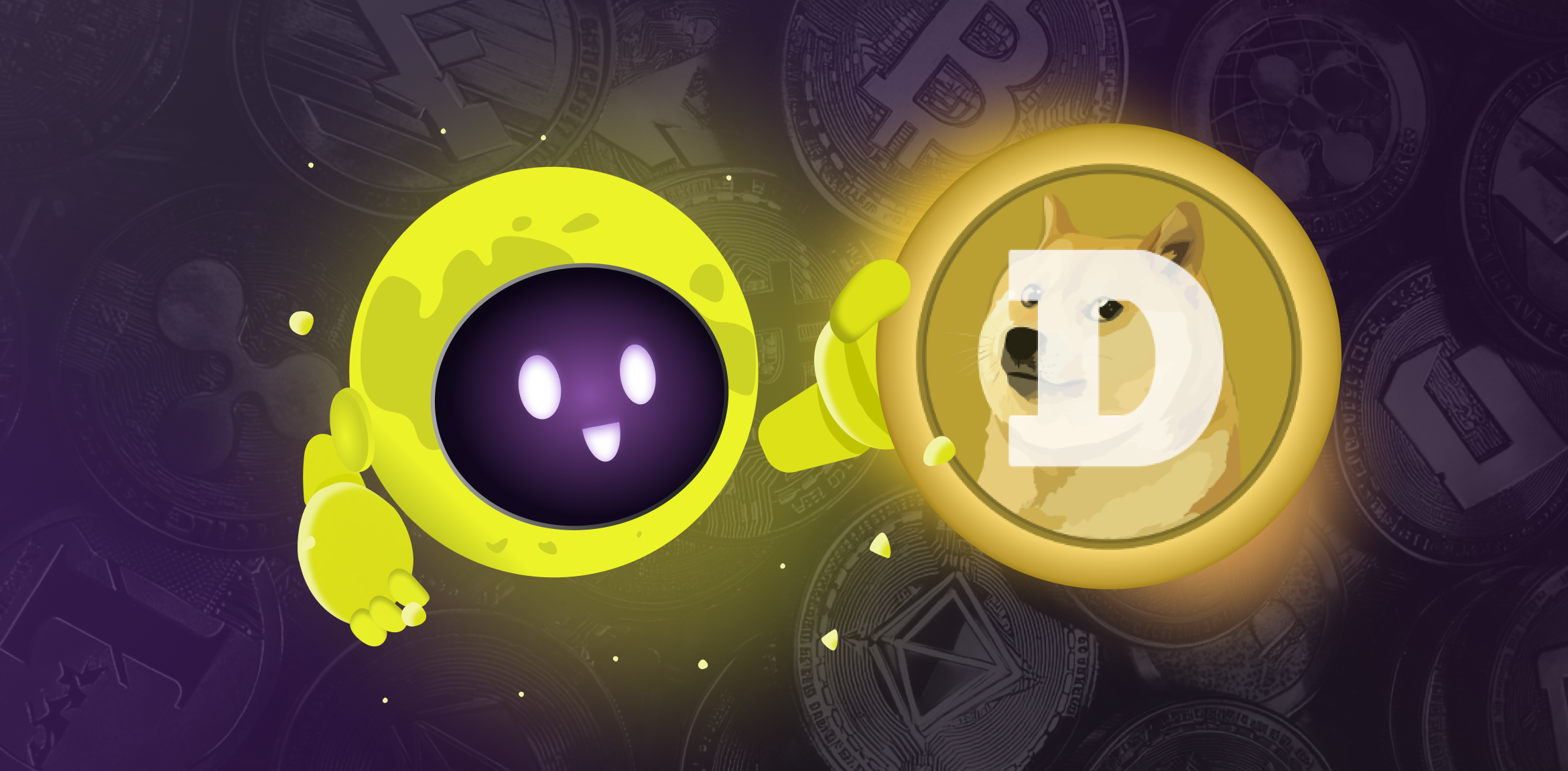
Pi Network, a crypto project that allows users to mine and earn digital assets on their mobile devices, is moving towards the long-awaited launch of its main network, although an exact date has yet to be set.
The good news is that the Pi Network intends to launch its main network soon, which symbolizes its transition from development to actual production and demonstrates its established position in the crypto ecosystem. The bad news is that Pi coin team has been trying to get the mainnet up and running since December 2021, and every time something has gone wrong.
What is Pi Network and how does it work?
The Pi Network is an innovative project that empowers users to mine Pi cryptocurrency directly from their mobile phones using a designated application. This mining method is unique in that it does not harm the device or overtax the battery, positioning it as one of the most environmentally sustainable options available compared to traditional, energy-intensive mining techniques.
Pi Network was developed by a group of Stanford University graduates (according to its creators). Unlike nodes in the Bitcoin network, which use the proof-of-work (PoW) protocol, nodes in the Pi network use the Stellar Consensus Protocol (SCP). Pi nodes verify transactions in a distributed registry and reach a consensus on the new transactions registered.
As part of the SCP algorithm, the nodes of a PI network form 'security circles’ or groups of 3-5 trusted individuals that are open to any member of the network. Security circles create a global network of trust that prevents dubious transactions because on the blockchain are only validated if the trusted nodes approve them.
Pi Network roadmap releases
The Pi Network laid out a comprehensive roadmap divided into three main phases: beta, net, and mainnet.
- Phase I - Beta: In December 2018, the Pi Network mobile app was launched in the iOS app store. On March 14, 2019, a white paper was published, marking the official launch of the network, and Pi became mineable.
- Phase II - Testnet: This phase began on March 14, 2020, when the Pi Network node software allowed individual computers to support the launch of the Pi test network using the Test-Pi currency. The Pi Testnet has reached over 10,000 fully functional nodes and, as explained in a later section, will continue to exist for testing purposes during the core network phase.
- Phase III - Pi coin mainnet launch: The next stage is the most eagerly awaited. This is when the Pi Network Mainnet is launched. This is when pi coin mainnet launch and users can trade them.
New lockup feature for mainnet migrated pioneers
A new lockup feature is coming for those who migrate their Pi coins. This feature encourages people to hold their Pi for longer by offering rewards.
Locking up coins can help keep the network stable and encourage users to take part in decisions about its future. This is in line with other cryptocurrencies where staking helps the network.
Enhanced mining rewards and network stability
As part of its preparations for the mainnet launch, Pi Network has announced plans to give more rewards to users who help secure the network. These changes will encourage current users and attract new ones.
More rewards will help keep the network stable as more people mine. The focus on rewarding users while keeping the network strong sets Pi Network apart from other cryptocurrencies that often struggle with scalability and user retention.
Criticism of the Pi Network
The project is based on principles already familiar to many in the crypto market, is not that innovative when you think about it, and is related to pyramid schemes by the way the developers have offered to attract new users in exchange for an increase in income. The hierarchy of project users:
- Pioneer. The user logs into the application every 24 hours for three days to prove their commitment to the project.
- Contributor. Available after three days of being a pioneer and attracting at least five active users to the project. Reaching this level increases the speed of mining, and therefore, the amount of Pi coins received. Level participants can form their security circles: groups of people who protect transactions on the Pi network.
- Ambassador. To achieve this, at least 23 active users must be attracted to the project. The new level also increases income. However, the main accusation against Pi Network has always been that the developers never launched the main network, which makes all the coin miners' earnings worthless as they are not officially traded anywhere.
Therefore, the successful launch of the network seems to be able to solve all the problems that the crypto community has accumulated against the Pi Network.
When will the Pi network mainnet launch?
The Pi Network continues to prepare for the launch of its core network, but the exact Pi Network launch date remains unclear. The developers reported that several key milestones, including the (KYC) process, must be completed before September 30, 2024, for a successful transition to an open network. Despite the readiness to launch, there are still several factors that could affect the timeline.
The main problem with the Pi Network is that the launch of the Pi coin mainnet took longer than is was expected. Some analysts believe that the Pi Network has remained on the main network for so long because of the amount of money the platform makes. In the current business model, developers make money by showing adverts whenever someone mines a coin. Thus, they have an interest in keeping it on the closed-core network as long as there are users mining coins.
The same argument has been made about Telegram tokens that can be earned with a single click, such as Hamster Kombat and TapSwap. These platforms generate huge amounts of money, especially on YouTube, where millions of subscribers have been amassed. The concern is that their YouTube videos do not generate those views when the tokens start trading. But for now its community is still expecting Pi coin news about developers hope to move to the main network later this year, but some analysts fear that it will not happen.
When will Pi Coin launch?
Pi Network has not yet been listed on exchanges. No one has officially announced the date of the coin's launch on trading platforms.
It is difficult to predict how much the Pi token will cost when it becomes available for trading on the market. The website of cryptocurrency aggregator CoinMarketCap is used to track the preliminary Pi coin value. As of today, the service has removed information about the token's price, with the Pi data page displaying the following note:
"Market data is not tracked. This project is marked as an 'Untraceable Listing', and the actual Pi Network exchange rate is currently missing, with the project's website claiming that the total value of Pi Network is $0”.
Conclusion
There is still no clear information on when Pi Network will be launched, leaving many doubts about its prospects while its team continues to outline ambitious goals, including the creation of a decentralized digital economy. However, many have criticized the project's roadmap, pointing to its vagueness and slow development timeline.
Recently, the project team updated its community with the news that 13 million people have passed KYC and over 6 million users have 'migrated' to Mainnet. This is part of their open web goals, and it is important to note that MainNet is not yet up and running (at least for the public).
When the long-awaited Pi Network Mainnet launch occurs, the Pi token will be listed on cryptocurrency exchanges, miners will be finally rewarded, and the number of developers and active community members will likely increase. However, it is important to remember that this is not the first such announcement and does not give in to the hype, which will only increase. For our part, we will continue to follow the events surrounding the launch of the Pi Network date.




